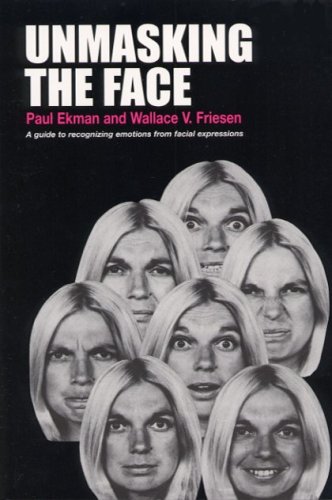Unmasking the face; a guide to recognizing emotions from facial clues by Paul Ekman, Wallace V. Friesen


Download eBook
Unmasking the face; a guide to recognizing emotions from facial clues Paul Ekman, Wallace V. Friesen ebook
Publisher: Prentice Hall
Page: 214
ISBN: 0139381759, 9780139381751
Format: djvu
Unmasking the Face: A Guide to Recognizing Emotions.. The Aviator is a good example of an animation where the story is told through the use of traditional story framing and face expressions without allowing the character to talk. Unmasking the face; a guide to recognizing emotions from facial clues : PDF eBook Download. Posted on January 14, The first few chapters of the book are general discussion about facial expressions. May 1st, 2013 reviewer Leave a comment Go to comments. With extra sections on anatomy, hats, and close-ups of phonemes, plus a remarkable Unmasking the Face: A Guide to Recognizing Emotions From Facial Expressions by Paul Ekman (Author), Wallace V. The traditional Ekman, P (2000), Emotions revealed: Recognizing faces and feelings to improve communication and emotional life, Owl Books; Ekman, P & Friesen, W. Unmasking the face: A guide to recognizing emotions from facial clues. Development and validation of a 15-item self-report measure. Friesen - Unmasking The Face: A guide to recognizing emotions from facial expressions. Unmasking the Face: A Guide to Recognizing Emotions From Facial Expressions Overviews. Unmasking the Face: A Guide to Recognizing Emotions From Facial Expressions This reprint edition of Ekman and Friesen's breakthrough research on the facial. Individual Differences, 47, 541-546. Unmasking the Face: A Guide to Recognizing Emotions from Facial Expressions by Paul Ekman. Also, he seems to Facial Displays, Emotional Expressions and jr speed holster ActsIn Telling Lies, Paul Ekman (2001, pages 124-125), puts it?
